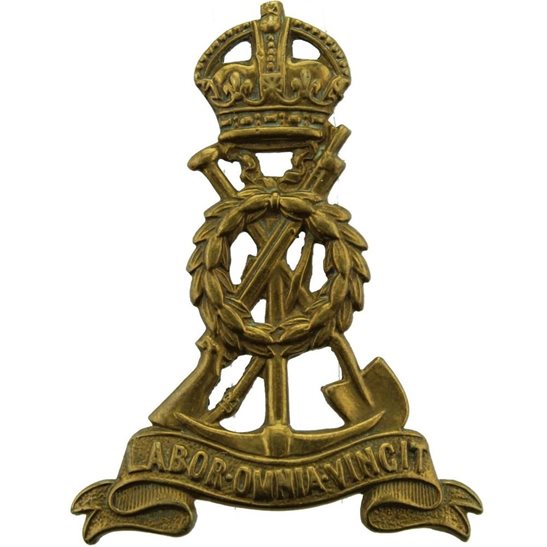Personal Details
Born: 6 October 1876 in Whitchurch, Shropshire and baptised 27 October the same year in St. Alkmund’s parish church.
Family: He was the second of four children of John Harding, a railway signalman, and his wife Sarah. He married May Davenport in 1903 in Whitchurch and together they had 9 children – Jack, Doris, Joseph, Harry, Mary Elizabeth, Jessie, Joan, Eric and Dennis.
Residence: At the time of his baptism, the family were living in Smallbrook, Whitchurch. By 1881 they were living in Alkington Road and in 1891 in Egerton Road. The 1911 census records showed them at 50 Oddfellows Cottages, Whitchurch; the 1919 Absent Voters’ Register had him living at 50 Smallbrook Road which is the same address. He was still living at this address when he died in 1957.
Employment: John was an iron moulder working for W H Smith of Whitchurch. The 1939 Register shows him as ‘incapacitated’.
Died: In March 1957, in Whitchurch, aged 80, and buried in Whitchurch Cemetery on 14 March the same year.
Military Details
Regiment: Labour Corps (previously King’s Shropshire Light Infantry)
Rank: Private
Service Number: 636650 (previously 204178)
Date of Enlistment: 11 December 1915
Date of Discharge: 8 April 1919
Reason for Discharge: Demobilisation
John was awarded the Campaign Medals (British War Medal and Victory Medal).

The British War Medal (also known as 'Squeak') was a silver or bronze medal awarded to officers and men of the British and Imperial Forces who either entered a theatre of war or entered service overseas between 5th August 1914 and 11th November 1918 inclusive. This was later extended to services in Russia, Siberia and some other areas in 1919 and 1920. Approximately 6.5 million British War Medals were issued. Approximately 6.4 million of these were the silver versions of this medal. Around 110,000 of a bronze version were issued mainly to Chinese, Maltese and Indian Labour Corps. The front (obv or obverse) of the medal depicts the head of George V. The recipient's service number, rank, name and unit was impressed on the rim.
The Allied Victory Medal (also known as 'Wilfred') was issued by each of the allies. It was decided that each of the allies should each issue their own bronze victory medal with a similar design, similar equivalent wording and identical ribbon. The British medal was designed by W. McMillan. The front depicts a winged classical figure representing victory. Approximately 5.7 million victory medals were issued. Interestingly, eligibility for this medal was more restrictive and not everyone who received the British War Medal ('Squeak') also received the Victory Medal ('Wilfred'). However, in general, all recipients of 'Wilfred' also received 'Squeak' and all recipients of The 1914 Star or The 1914/1915 Star (also known as 'Pip') also received both 'Squeak' and 'Wilfred'. The recipient's service number, rank, name and unit was impressed on the rim.

